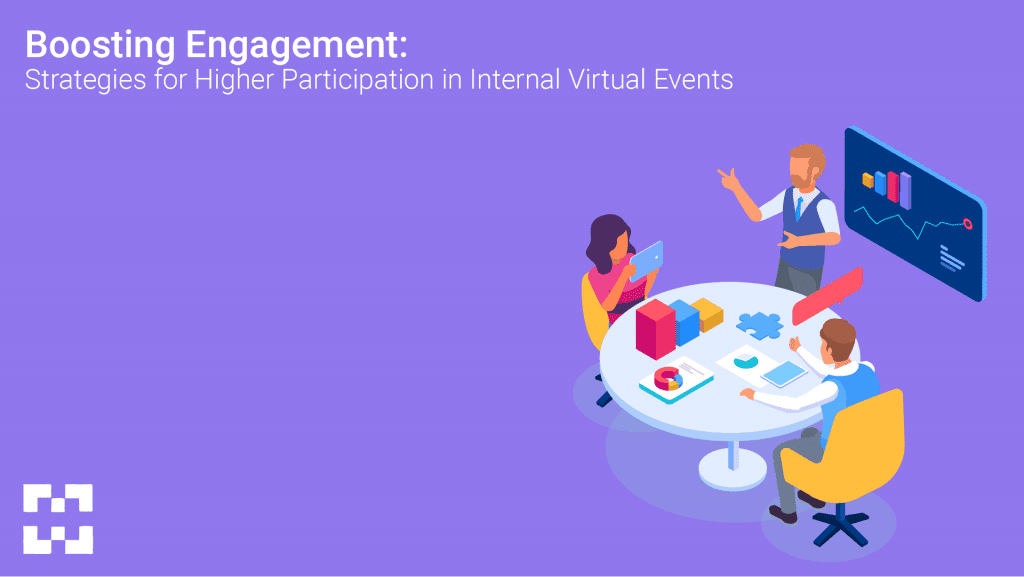
Introduction:
In the dynamic landscape of the modern workplace, internal virtual events have become an integral part of organizational communication, collaboration, and culture-building. Whether it’s team meetings, training sessions, or company-wide town halls, the success of these events hinges on active participation. In this article, we will explore effective strategies to ensure higher participation in internal virtual events.
Clear Communication and Purpose:
One of the key factors that can drive participation is ensuring that participants understand the purpose and relevance of the virtual event. Clearly communicate the objectives, agenda, and expected outcomes in advance. This transparency helps employees see the value in their participation, making them more likely to engage actively.
Interactive Platforms and Tools:
Choose virtual platforms that facilitate interaction and engagement. Utilize features like polls, Q&A sessions, and breakout rooms to encourage active participation. Interactive tools not only make the virtual event more engaging but also provide opportunities for attendees to contribute and share their thoughts.
Diverse Content and Formats:
Vary the content and format of your virtual events to cater to different learning preferences. Incorporate a mix of presentations, discussions, videos, and interactive activities. This diversity keeps participants interested and engaged throughout the event.
Engaging Speakers and Facilitators:
Select speakers and facilitators who are not only knowledgeable but also charismatic and engaging. A dynamic presenter can captivate the audience and make the virtual event more enjoyable. Encourage speakers to use visuals, storytelling, and real-world examples to enhance engagement.
Pre-Event Communication:
Building anticipation before the event can significantly impact participation. Send out reminders, teasers, and relevant materials in the days leading up to the event. Create a buzz around the event by highlighting key topics, guest speakers, or exciting activities that participants can look forward to.
Incorporate Gamification:
Gamify elements of the virtual event to make it more enjoyable and interactive. Use quizzes, challenges, or virtual games to encourage participation and create a friendly competition among attendees. Rewarding participants with prizes or recognition can further motivate engagement.
Flexible Timing and Accessibility:
Consider the time zones and schedules of your diverse workforce. Opt for flexible timing when planning virtual events to accommodate different time zones. Additionally, ensure that the virtual event platform is accessible and user-friendly for all participants, including those with disabilities.
Post-Event Follow-Up:
Extend engagement beyond the event by following up with participants. Share event highlights, key takeaways, and any additional resources. Encourage feedback and create avenues for ongoing discussion, fostering a sense of community and connection.
Conclusion:
Successful internal virtual events require intentional planning and a focus on participant engagement. By incorporating clear communication, interactive tools, diverse content, and other strategies mentioned above, organizations can ensure higher participation, making these events more meaningful and impactful for employees across the board.





